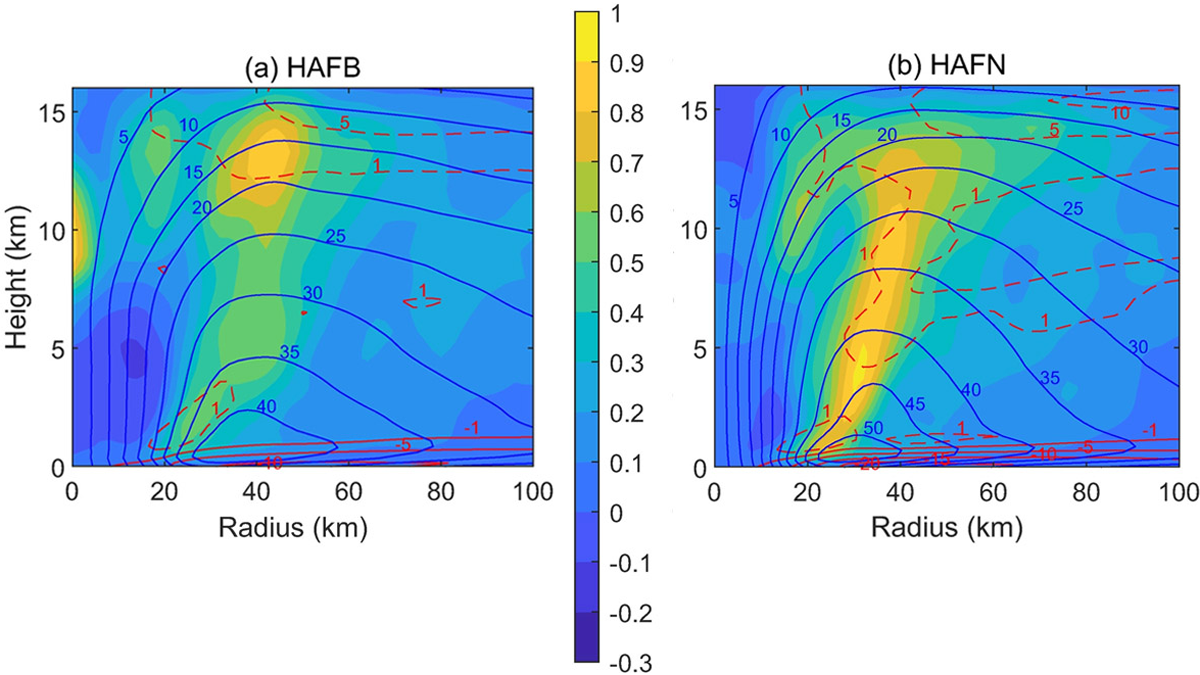Editors’ Highlights are summaries of recent papers by AGU’s journal editors.
Source: Journal of Geophysical Research: Atmospheres
For coastal areas susceptible to the impact of tropical cyclones, improving the prediction of changes in intensity of tropical cyclones is of vital importance. Zhu et al. [2021] identify a key process representing turbulent mixing that is lacking in present atmospheric prediction models. They implement a correction to account for the fact that, in hurricane eyewalls and rainbands, there is no clear separation between the highly turbulent region near the surface and the free atmosphere. This correction is tested in a multitude of forecasts of different hurricanes and found to significantly improve both the track and intensity forecasts.
The study then takes a deep dive into one hurricane forecast to explore the physical processes underlying the improved intensity prediction, finding that the turbulent mixing correction also provides improvements to forecasts of rapid intensification. This is one of the top challenges for the National Hurricane Center (NHC), and these improvements can provide better forecast guidance for the forecasters at NHC.
Citation: Zhu, P., Hazelton, A., Zhang, Z., Marks, F. D., & Tallapragada, V. [2021]. The role of eyewall turbulent transport in the pathway to intensification of tropical cyclones. Journal of Geophysical Research: Atmospheres, 126, e2021JD034983. https://doi.org/10.1029/2021JD034983
—Robert F. Rogers, Editor, JGR: Atmospheres

